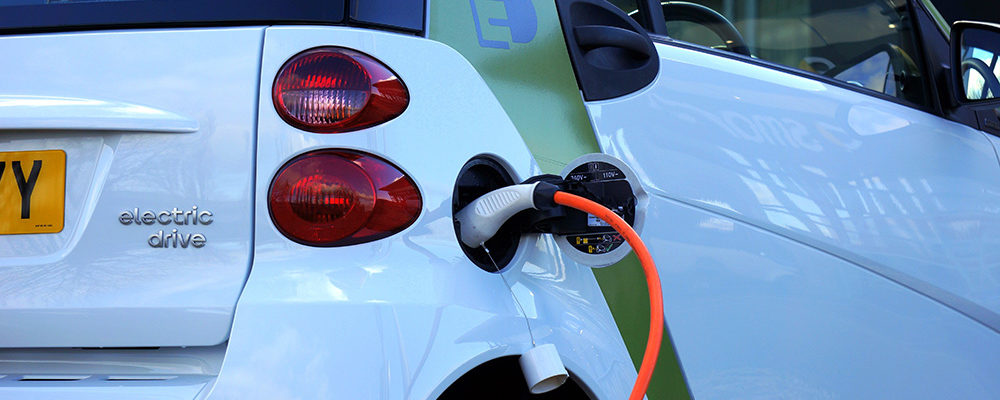
You know the drill. Your smart phone is low on charge, so you put on your coat, walk 15 minutes to go to the shop, and buy more liquid to put inside it so you can continue to use it for a few more days.
Don’t worry, you did read that right. And of course, that’s not the drill at all. We just plug it in and leave it for a few hours.
This is the first case in favour for electric vehicle (EV) charging. While fuel-base vehicles can be refilled rapidly and relatively infrequently, it nonetheless occupies your time. It’s a process that you need to actively address on a regular basis. Then, all throughout the night, it sits in the road or in your driveway, not really doing much.
Imagine if – instead of actively refuelling your vehicle – it simply refuelled itself while you slept. Every day, you could start with a full tank. This is where EVs start to shine. Over the next few years, there’s going to be a steep increase in demand for charging points. If you read our Secret Surge of Electrical Vehicles article, you’d know that the ratio between cars and charging points is currently fairly stable. But it’s not going to be enough for long.
Companies like CHAdeMo and Tesla are doing the heavy lifting in terms of public charging points, but how about at-home charging?
Prices for EV charging systems start as low as £150 for slow charge, and somewhere around £500 for 22kw super fast. In terms of vehicle-related costs, this is exceptionally low. But if you’re still unsure, we’ll be circling back to this soon.
So that’s excellent. Being reliant on public charging points isn’t totally ideal, and there’s already a strong solution to the problem.
Which brings us to the second case in favour for EV charging. These home installations aren’t just a solution for yourself. They could potentially be a solution for EV charging access in general. We first looked at making your car do something while it sits in the drive. But what about the charger itself? What’s the charger doing while the car’s not there? Well, it could charge other cars!
PlugShare for instance allows private owners to lease out their points while they’re not in use. This is still in its early days at the moment, and sites like this function more like communities, with variable prices set by individual members, rather than automated systems. As private charging points become more popular, this principle will no doubt be expanded and refined to make it that much easier and faster.
Let’s finish off with a third case in favour of EV charging, and circle back round to that charger. If the cost a private charging point is still a point of contention, the UK government is taking this matter seriously. Grants are available for both private and public charging points up to as much as 75% of the cost! https://www.gov.uk/government/collections/government-grants-for-low-emission-vehicles
(see the ‘Electric Vehicle Homecharge Scheme’ section). Besides that, the cost of the charger is redeemed in well under a year since EVs are currently registration tax exempt. Add to that the fact that servicing is cheaper, and that charge is cheaper than fuel in comparative vehicles and uses.
